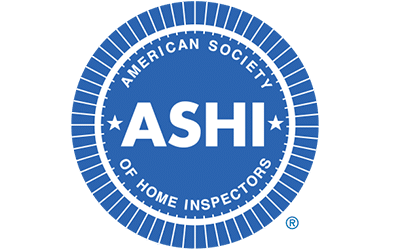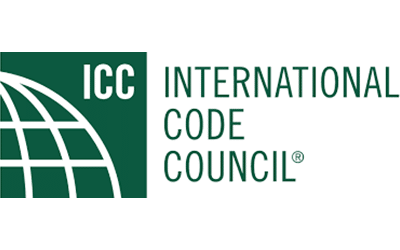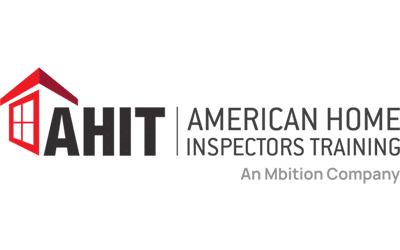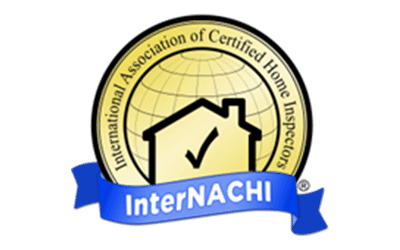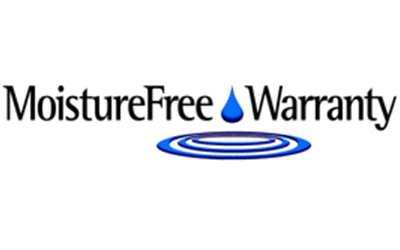Understanding Roofing Red Flags: Typical Issues Uncovered During Home Inspections
Inspecting a property reveals its strengths and vulnerabilities. While some findings might be minor, others are glaring red flags needing immediate attention. This is especially true for roofing systems where seemingly trivial issues can quickly become significant, requiring extensive repairs or even complete replacements.
Here are six of the biggest roofing warning signs to watch out for during a home inspection, what they mean and how to address them.
1. Missing or Damaged Shingles
Absent, cracked or curled shingles indicate a compromised roof. These typically occur when the adhesive holding the bottom in place weakens. At that point, strong winds, hail and heavy rain can dislodge or break the shingles, exposing the underlying roof layers to leaks and water damage.
Over time, this lack of proper coverage can lead to mold growth and structural deterioration, necessitating costly repairs or replacement.
2. Sagging Roof Deck
Home inspectors identify sagging roof decks by visually examining the surface for noticeable dips or irregularities, often using a level to check for evenness. They also inspect the attic for signs of droopy rafters or trusses and look for water stains, mold or rot that may indicate underlying moisture issues. In addition to posing safety concerns, a sagging roof deteriorates the property’s aesthetic appeal, complicating real estate transactions.
3. Chimney Issues
A chimney in poor condition from creosote buildup and pest infestations is one of the biggest reasons a home fails an inspection. The presence of creosote inside the flue can increase the risk of chimney fires and pose health risks due to carbon monoxide leaks. Inspectors also look for signs of cracks, missing mortar or damaged flashing, which can lead to water intrusion and damage the chimney structure.
4. Water Stains on Ceilings or Walls
Water stains inside a home are telltale signs of roof leaks. They indicate moisture has penetrated the roofing material and reached the interior surfaces. This issue can signal ongoing problems that might worsen, such as mold or mildew growth and compromised indoor air quality. The longer these problems go unaddressed, the more extensive and expensive the remediation becomes.
5. Gutter Issues
An effective drainage system is crucial for channeling stormwater and snowmelt safely away from the roof. Clogged or poorly designed gutters and downspouts are a warning sign the house is susceptible to leaks and structural damage from water intrusions. In colder climates, drainage issues can lead to ice dam formations, causing the roof to sag from the added weight of the icicles.
6. Inconsistent Roofing Materials
Patches of different roofing materials on a property, like asphalt shingles on a metal roof, suggest improperly addressed problems or nonchalance from the property owner. This patchwork approach can create inconsistencies in weather protection, leading to vulnerabilities where leaks or pest infestations may occur.
How Often Should You Inspect Your Roof?
People typically call for inspections when they’re about to sell or buy a house. However, given the roof’s importance to the property’s structural integrity, you’ll need to perform comprehensive checks more frequently.
Roofing experts recommend scheduling a professional inspection at least twice a year, ideally in the spring and fall. This allows you to assess damage caused by winter weather or summer storms and prepare for the upcoming seasons.
If your roof is over 20 years old, consider more regular inspections to catch any signs of potential problems early.
Next Steps After Discovering Roofing Red Flags
Discovering roofing issues during a home inspection can be concerning, especially since up to 90% of catastrophe losses in insurance claims are roof-related. Follow these steps to address potential issues effectively.
1. Assess the Severity
Determine whether the issue appears to be minor or major to get a better idea of how to fix it. For example, you can replace a few missing shingles without significant expense, whereas extensive curling and blistering may require changing entire sections.
2. Consider Immediate Risks
Focus on addressing safety hazards or risks of further damage, especially those potentially leading to widespread leaks or structural damage.
3. Monitor the Affected Areas Over Time
Keep an eye on leaks or stains, noting changes in severity or frequency, which can provide insight into whether the problem is worsening.
4. Negotiate With the Seller
Discuss your findings with the seller or real estate agent if you’re purchasing the home. Decide who will be responsible for addressing the issues and how they impact the transaction. For instance, you may request repairs to be completed before closing or seek credits toward your closing costs to cover the repair expenses.
5. Review Home Insurance Coverage
If you’re the homeowner, review your policy to understand coverage related to roof damage. This could significantly reduce your repair or replacement bill.
Ensure Your Roof Is in Top Condition Year-Round
Recognizing roofing red flags during a home inspection is vital for any homeowner or prospective buyer. These issues affect the roof’s integrity and may have broader implications for occupant safety and comfort. Understanding these concerns and how they impact your house helps you take the appropriate steps toward maintaining your property and ensuring long-term value.
